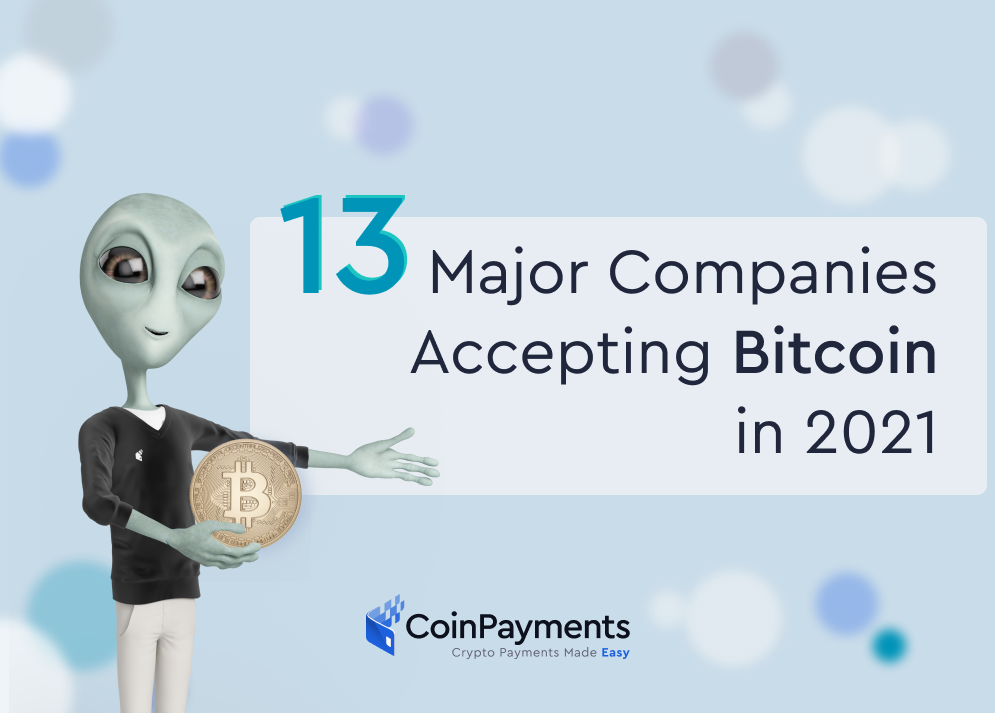
Blockchain is embedded into our global economic infrastructure: from finance, supply chain, and energy to healthcare, insurance, and payments.
As we look closer into these different sectors and how they interact with one another, we can identify more opportunities for emerging technologies. For instance, in order to provide immediate care to a patient, the healthcare industry must be connected with the insurance domain and subsequently, the payments domain.
With blockchain technology in the picture, a new perspective has come to light where trust and transparency have become the de facto requirements. However, in order to compete with the existing systems and meet the demands of our ever-connected world, blockchain now needs to take it one step further.
Cue interoperability: Why do we need it?
With so many blockchain platforms being introduced in the market, we have reached an autonomous ecosystem where they work in silos. As in, they work independently and do not share information.
Let’s consider a scenario where a patient is storing his medical records on one blockchain, the insurance process is happening over another blockchain, and the payment is completed through a Decentralized Finance (DeFi) protocol. The whole process may be transparent and trust-based, but due to a lack of interoperability between these platforms, the process becomes less seamless.
Therefore, we may get a transparent and secure ecosystem through different blockchains, but speed and efficiency will suffer, especially when interactions between multiple blockchain platforms are needed.
So, why can’t we simply share data from one blockchain with another? Well, the simple answer: blockchains just don’t work that way.
Each blockchain is built on top of a number of other technologies. For instance, Blockchain A may use a different encryption technique than Blockchain B, which means that the encrypted data of A can not be understood by B. Apart from encryption, there are also other mechanisms working in the background like consensus algorithms, block sizes, digital signatures, hashing algorithms, and several others to also take into account.
So, how do we find a solution to make different ecosystems work together? This is where blockchain interoperability comes in.
What is Cross-chain Interoperability?
When we think of interoperability, what we are really talking about is the ability for more collaboration.
Blockchain interoperability is an ecosystem of blockchains where multiple platforms that serve different purposes can interact with each other. In other words, two “chains” are able to share data without the intervention of a third party.
Cross-chain is when a third platform creates the ecosystem for blockchain interoperability. It is a single chain hosting a network of chains, making the whole process more efficient.
Interoperability in action
Before implementing any interoperability protocols, we must first understand the different blockchain networks’ technological architecture.
For public blockchains, interoperability is achieved through sidechains, timed hash-locks, and notary schemes — terms that may seem technical but are easy to understand once you dive deeper.
When it comes to private or enterprise blockchains, things get a bit more complicated. That is where cross-chain comes in. Cross chain provides one way to create an interoperable network for private chains where a third blockchain acts as a middle ground for other chains. One that maintains a cryptographically-secured, timestamped ledger of the various activities between different blockchains.
Other possible methods to create interoperability include tools such as atomic swaps, oracles and state channels. However, these solutions lack in security and efficiency when compared with a cross-chain solution.
Final thoughts
The increasing number of blockchain platforms in the market is both a blessing and a curse. A blessing because it represents the growing adoption and demand for the technology. A curse because it is giving rise to more isolated networks, creating a disconnected ecosystem.
To lift this curse, we need interoperability. And, when it comes to blockchain interoperability, it seems that cross-chain is the best contender.



